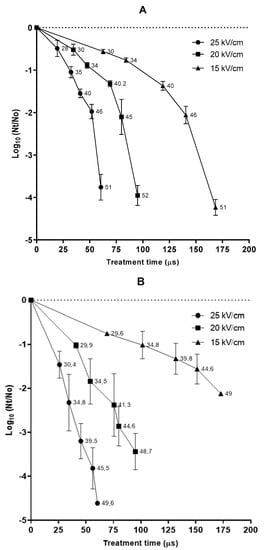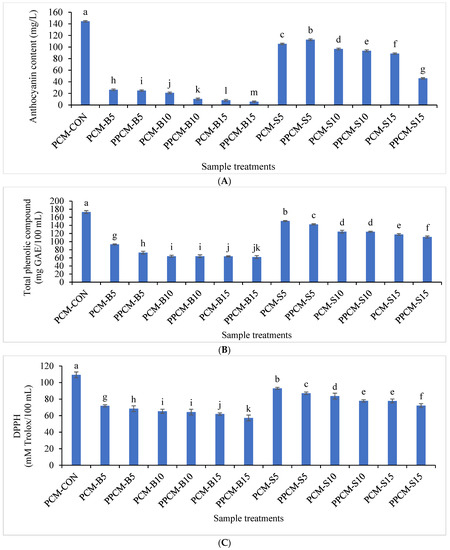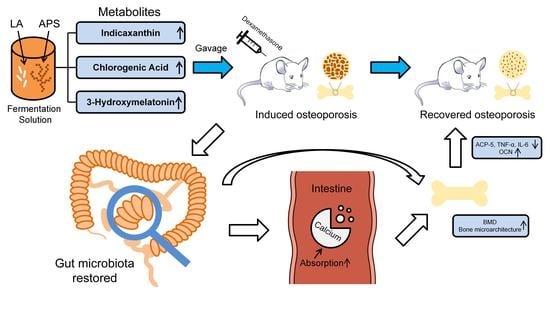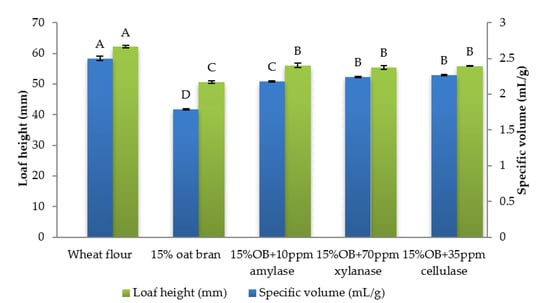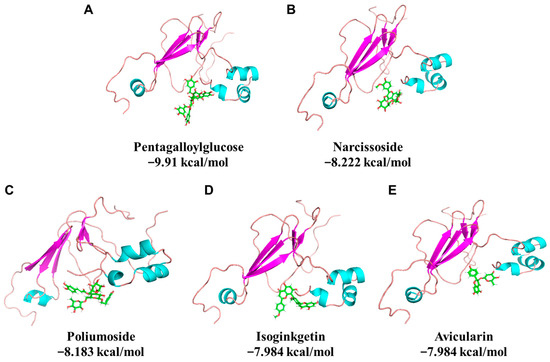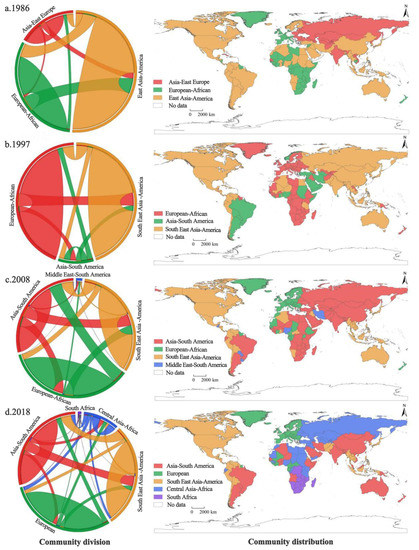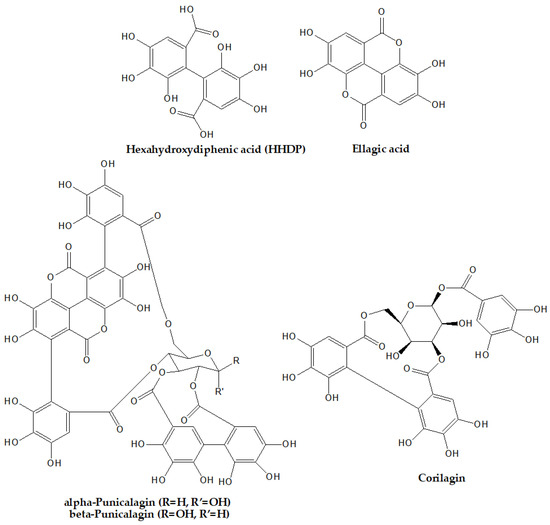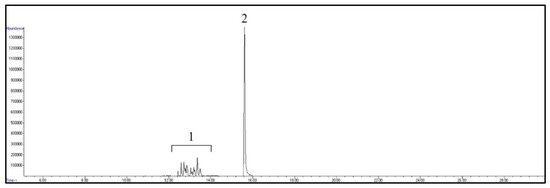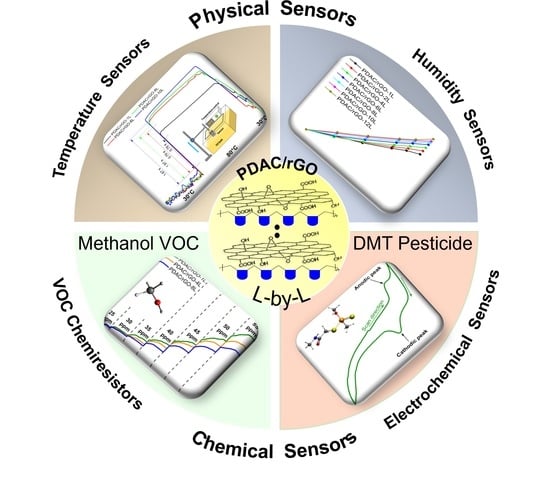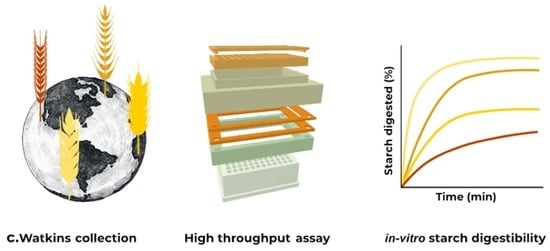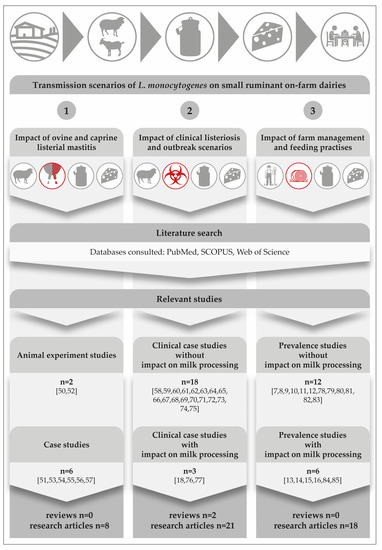Foods 2023, 12(2), 278; https://doi.org/10.3390/foods12020278 - 6 Jan 2023
Cited by 16 | Viewed by 3105
Abstract
New techniques are required to replace the use of sulfur dioxide (SO2) or of sterilizing filtration in wineries, due to those methods’ drawbacks. Pulsed electric fields (PEF) is a technology capable of inactivating microorganisms at low temperatures in a continuous flow
[...] Read more.
New techniques are required to replace the use of sulfur dioxide (SO2) or of sterilizing filtration in wineries, due to those methods’ drawbacks. Pulsed electric fields (PEF) is a technology capable of inactivating microorganisms at low temperatures in a continuous flow with no detrimental effect on food properties. In the present study, PEF technology was evaluated for purposes of microbial decontamination of red wines after alcoholic and malolactic fermentation, respectively. PEF combined with SO2 was evaluated in terms of microbial stability and physicochemical parameters over a period of four months. Furthermore, the effect of PEF on the sensory properties of red wine was compared with the sterilizing filtration method. Results showed that up to 4.0 Log10 cycles of S. cerevisiae and O. oeni could be eradicated by PEF and sublethal damages and a synergetic effect with SO2 were also observed, respectively. After 4 months, wine treated by PEF after alcoholic fermentation was free of viable yeasts; and less than 100 CFU/mL of O. oeni cells were viable in PEF-treated wine added with 20 ppm of SO2 after malolactic fermentation. No detrimental qualities were found, neither in terms of oenological parameters, nor in the sensory parameters of wines subjected to PEF after storage time.
Full article
(This article belongs to the Special Issue Physicochemical, Sensory and Nutritional Properties of Foods Affected by Processing and Storage Series II)
►
Show Figures
